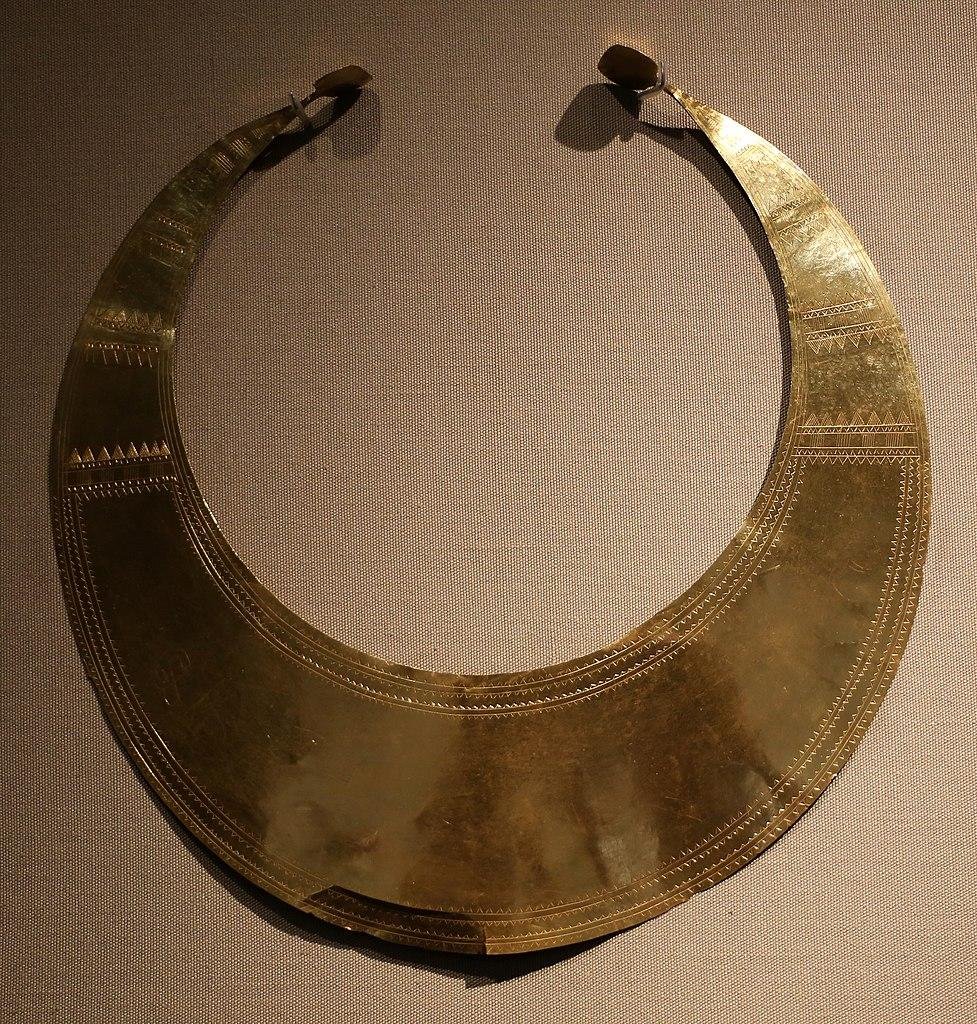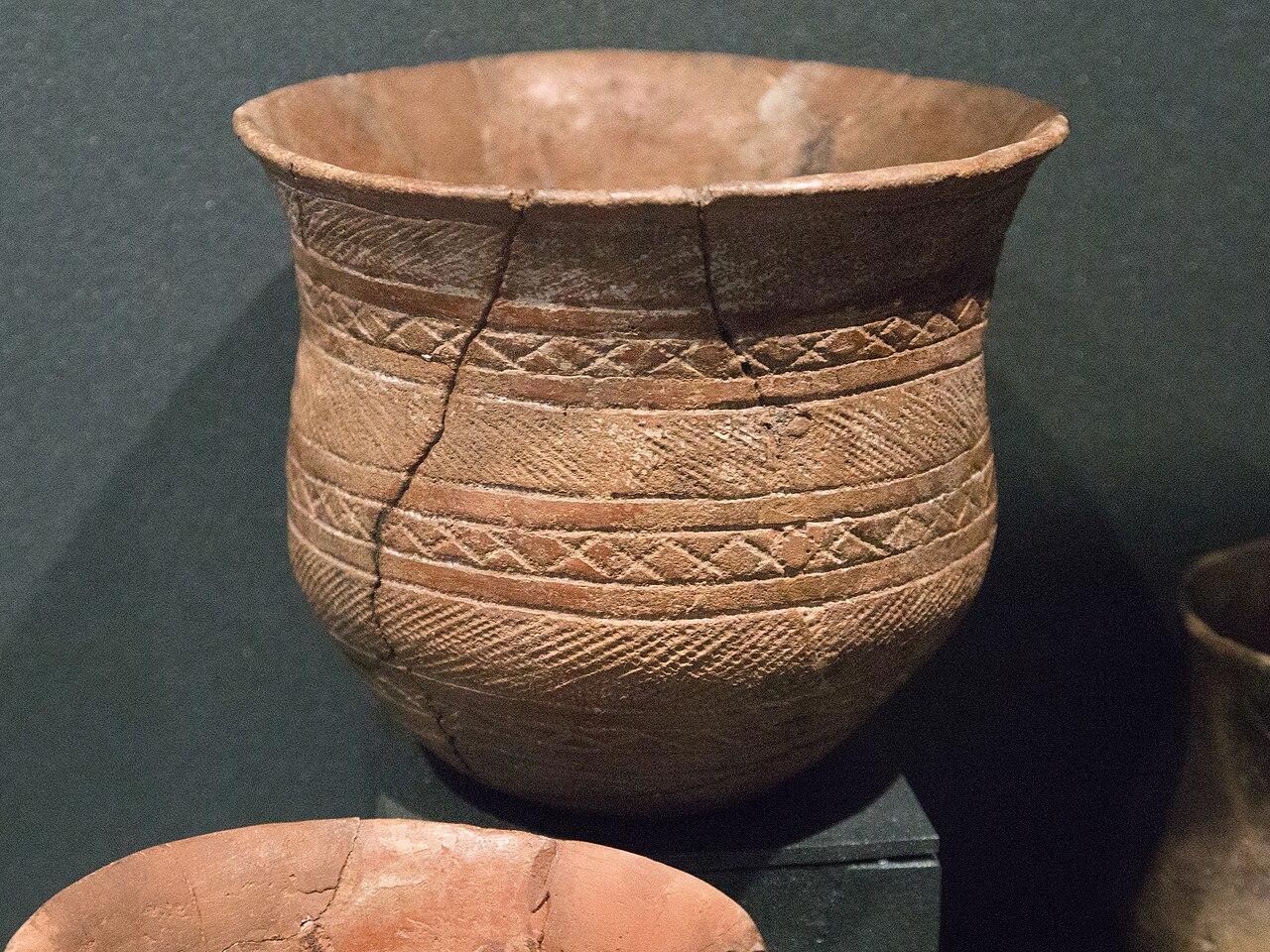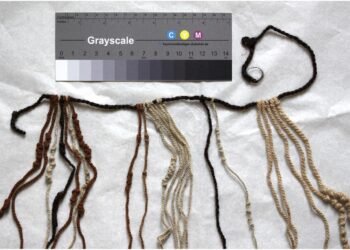The Bell Beaker culture, also known as the Beaker culture, is an archaeological phenomenon that emerged during the Late Neolithic and Early Bronze Age in Western Europe. It is characterized by the presence of distinctive bell-shaped pottery vessels, which gave the culture its name. The Bell Beaker culture was widespread across Europe, spanning from the Iberian Peninsula to the British Isles and from Central Europe to the Mediterranean. This article explores the key aspects of the Bell Beaker culture and its significance in the prehistoric European landscape.

Origins and expansion
The origins of the Bell Beaker culture are still debated among archaeologists. Some theories propose that it originated in the Iberian Peninsula and spread through maritime trade networks, while others suggest that it emerged independently in different regions of Europe. The culture then spread rapidly across the continent, reaching its peak between 2500 and 2000 BCE.
One of the defining characteristics of the Bell Beaker culture is its distinctive pottery. The bell-shaped vessels were typically made using a coiling technique, where long strips of clay were rolled and stacked to form the desired shape. These vessels were often decorated with intricate patterns, including geometric designs, herringbone motifs, and even representations of human figures and animals. The craftsmanship and artistic expression displayed in these pottery vessels indicate a highly skilled and creative society.

The distribution of Bell Beaker pottery across Europe suggests a complex network of trade and cultural exchange. The presence of similar pottery styles and motifs in different regions indicates the movement of people and ideas. This suggests that the Bell Beaker culture was not isolated but part of a larger interconnected network of communities.
In addition to pottery, the Bell Beaker culture is also associated with other material remains, such as metal objects, stone tools, and personal ornaments. The presence of copper and bronze objects suggests a knowledge of metalworking, while the presence of stone tools indicates the continued importance of flint knapping for everyday tasks.

Excavations have also revealed the presence of loom weights and spindle whorls, indicating that textile production was an important part of their economy.
Another notable aspect of their material culture is the presence of personal adornments. The discovery of beads made from materials such as amber, jet, and faience suggests that the Bell Beaker people placed a high value on personal ornamentation. These beads would have been used to create necklaces, bracelets, and other accessories, which would have been worn as status symbols or for ceremonial purposes.
Linguistic connections
Since the Beaker culture did not leave behind any written documentation, all speculations about the language or languages they used remain conjectural.
Linguistic studies have identified similarities between the languages spoken by the Bell Beaker people and later Indo-European languages, suggesting a possible linguistic influence. Earlier theories suggested a connection to the hypothesized Italo-Celtic or Proto-Celtic languages.

Social Organization
The Bell Beaker culture is believed to have been organized in small, decentralized communities. These communities were likely led by local elites who controlled the production and distribution of valuable goods, such as the bell beakers themselves. The presence of elaborate burial sites indicates a hierarchical social structure, with individuals of higher status receiving more elaborate funerary offerings.
Burial Practices
Burial practices were an important aspect of Bell Beaker culture. The dead were often buried in large, communal graves known as barrows. These graves contained multiple individuals, suggesting a collective approach to burial rituals. The inclusion of grave goods, particularly the bell beakers, reflects a belief in an afterlife.
It is likely that the bell beakers themselves held symbolic meaning for the Bell Beaker culture. The shape and design of the beakers may have represented certain deities or spiritual concepts, and their use in burial rituals could have been seen as a way to ensure the deceased’s safe passage to the afterlife. The inclusion of other grave goods, such as weapons or jewelry, further emphasizes the importance of these objects in the spiritual realm and their role in the deceased’s journey.

Decline
The decline of the Bell Beaker culture is believed to have been gradual, with its influence waning during the Middle Bronze Age as new cultural groups emerged. However, its legacy can still be seen in the traditions and practices of later European civilizations. The adoption of metallurgical techniques and the use of bell beakers as symbols of status persisted long after the decline of the culture itself.






















Comments 0